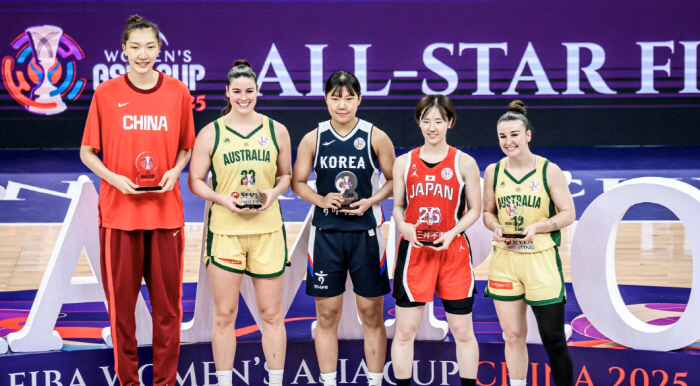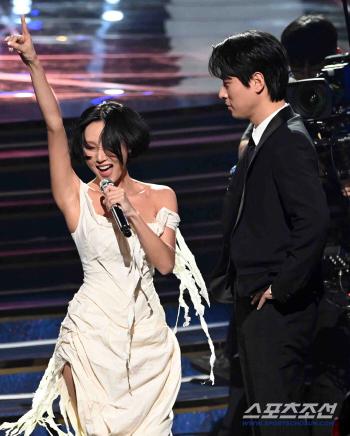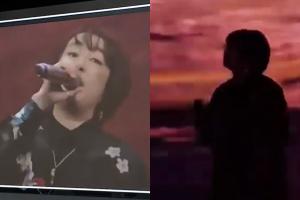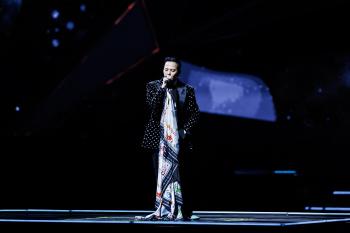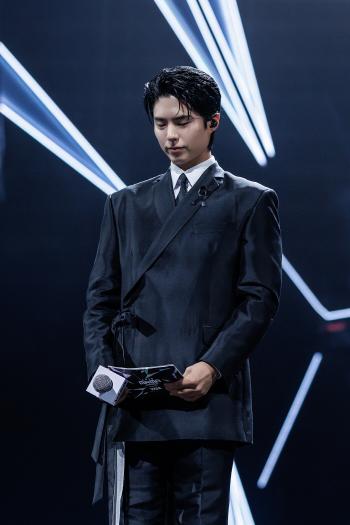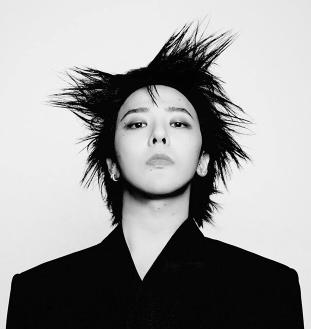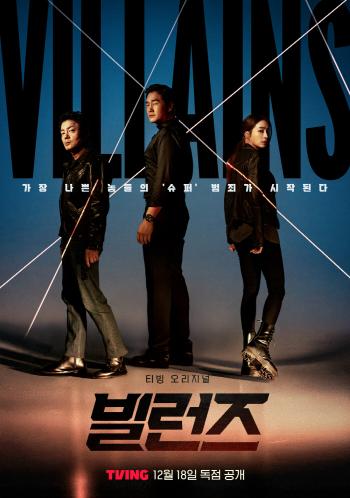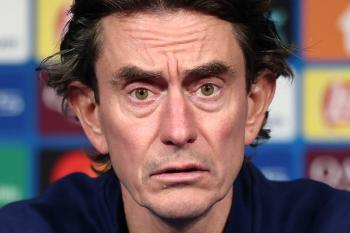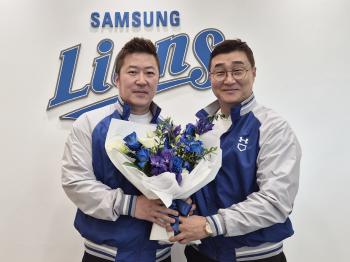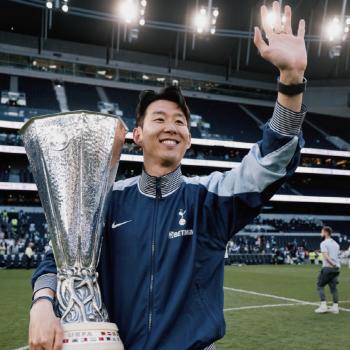What are the hopes and tasks that Korean women's basketball has shown through the Asia Cup, which has returned to the semifinals in four years?
Jul 21, 2025
|
Korean women's basketball has returned to the semifinals in Asia for the first time in four years.
The Korean women's basketball team defeated China 66-101 in the third-to-fourth place match of the 2025 FIBA Women's Asia Cup at Shenzhen Sports Center in Shenzhen, China, on the 20th, confirming the final fourth place. Australia beat Japan 88-79 in the final on the same day, reaching the top of the Asian Cup for the first time in five tournaments since participating since 2017.
It is not satisfactory in terms of rankings, finishing fourth after Australia, Japan and China, but in a cool way, it is the best result in Korea's current power. In addition, considering that the tournament lost to New Zealand in the preliminary round two years ago and failed to reach the final qualifying round for the 2024 Paris Olympics, at least this time, it has taken New Zealand a step up. In addition, veteran Kim Dan-bi, who was the focal point of the offense and defense, played for the first time since retirement from the national team, and it was certainly a part of hope that he performed well with unabashed plays with players in their 20s such as Park Ji-hyun, Heo Ye-eun and Park Ji-soo at the center and players in their early 30s such as Choi Yi-sam and Kang Yi-seul at the back.
Park Ji-hyun was by far the most impressive Korean player in this competition. Along with Stephanie Reid and Alexandra Fowler of Australia, 19-year-old rookie Tanaka Kokoro of Japan, who took the lead in beating China in the semifinals, and Han Xu of China, who also played in the WNBA, Park Ji-hyun, who was selected as the best 5 in the tournament, played in all six games and filled Kim Dan-bi's vacancy with even performances in all categories, including 14.2 points (7th overall), 5.5 rebounds (15th) and 3.7 assists (10th).
In particular, he played for more than 30 minutes in the preliminary round against New Zealand and the semifinal against Australia, which were the most important players in the tournament, and aggressively attacked the paint zone regardless of the opponent's height, invigorating South Korea's attack options focused on the outer artillery. In defense, when center Park Ji-soo was stepping down to the bench, he was also able to actively participate in box-outs and rebounds, which did not hesitate to fight against the opponent's big man.
Short guard Huh Ye-eun, who is only 1 meter 67 meters tall, also proved her international competitiveness through this competition. In the preliminary round, he served as a backup for senior Ahn Hye-ji, but later played as a main guard and delivered 6.3 assists per game to rank second overall, and in the semifinal match against Australia, he also served as a shooter and scored as many as 20 points.
Park Ji-soo did not perform as well as in the tournament two years ago due to poor condition, but he showed off his presence by scoring the winning goal with a bold under-the-goal layup shot with 0.5 seconds left in the match against New Zealand. Captain Kang Yi-seul, who played only one game against New Zealand due to an unexpected back injury, and Choi Yi-sam, who led the victory with six three-pointers in 26 minutes, were also quite impressive.
However, it should be pointed out for the future that they suffered a crushing defeat of 20 to 30 points in both games against China. Japan was controlled under the basket by two twin towers, Jang Tzu-yu and Hansi, in the semifinal against China, but won the rebound fight with early offensives based on fast transitions, high-stakes outer guns, and active cooperative defense. Even considering the power difference, it is worth analyzing and referencing Japan's play closely in that it has shown the best way to deal with a team centered on height.
This article was translated by Naver AI translator.
